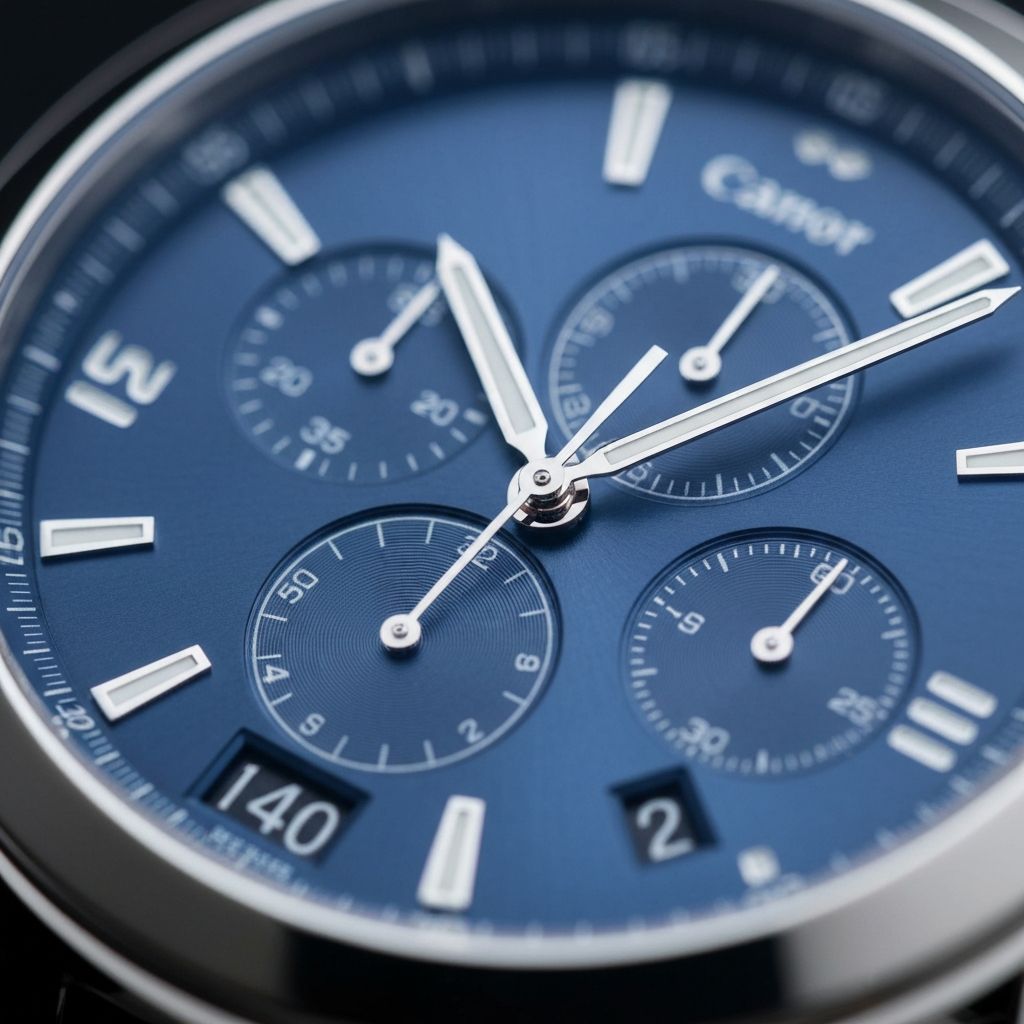Watch Complications Explained: From Simple to Grand
A comprehensive guide to understanding the various functions beyond basic timekeeping.

Watch complications refer to any function beyond simple timekeeping. Understanding these features helps appreciate the engineering and craftsmanship involved in creating complex mechanical watches.
Basic complications include the date display, found on most modern watches. The day-date adds the day of the week, while the big date uses two discs for larger, more legible numerals. These complications require additional gears and mechanisms but are relatively simple compared to more advanced features.
The chronograph is one of the most popular complications, allowing the watch to function as a stopwatch. Chronographs can be simple (measuring elapsed time) or complex (with split-seconds, flyback, or rattrapante functions). The chronograph complication significantly increases a movement's complexity and cost.
GMT and dual-time complications display a second time zone, useful for travelers. True GMT watches allow independent adjustment of the hour hand, while simpler dual-time watches display a second time zone via an additional hand or subdial.
Advanced complications include the annual calendar (requires adjustment once per year), perpetual calendar (accounts for leap years and requires no adjustment), moon phase (displays lunar cycles), and power reserve indicator (shows remaining mainspring tension).
Grand complications combine multiple complex functions. The most prestigious include the minute repeater (chimes the time on demand), tourbillon (improves accuracy by counteracting gravity), and perpetual calendar with chronograph. Watches combining three or more major complications are considered grand complications and represent the pinnacle of watchmaking.
About Mauricio Pelligrino
Mauricio Pelligrino is a watch enthusiast and contributor to our publication, specializing in technical and bringing years of experience in the watch industry.